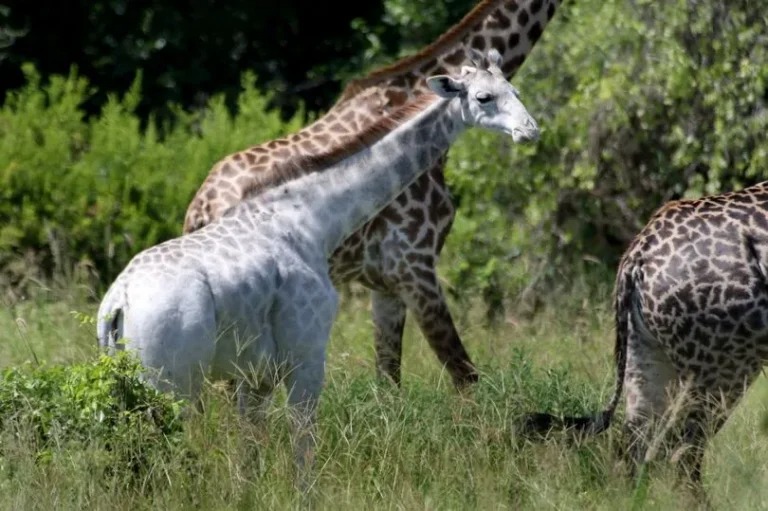Some of the most prominent wild animals are giraffes. They are recognized as the tallest land animals in the world. These animals are native to Africa. As for the fur of these huge craetures, it often consists of brown patches separated by white or cream tones.
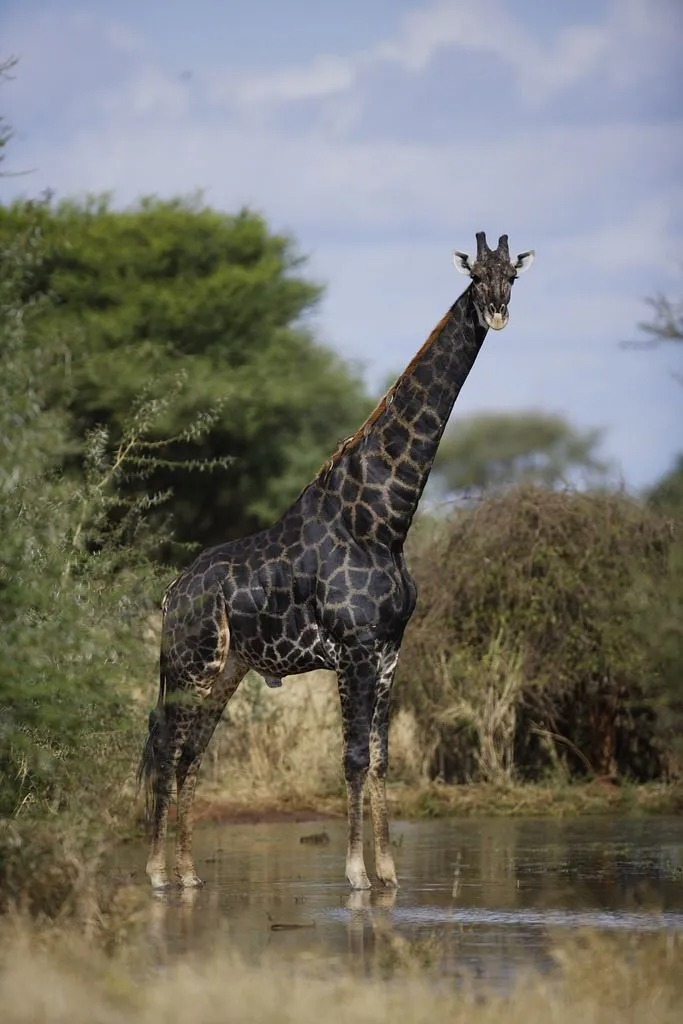
However, some very unusual giraffes have all-white or all-black fur. They are leucistic and melanistic.
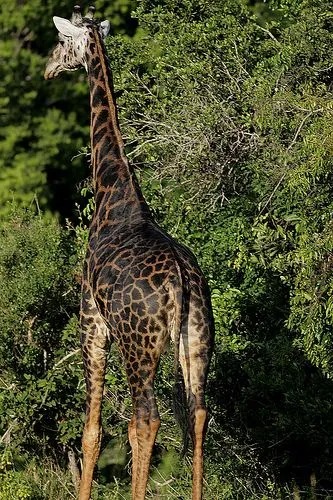
In both situations, skin pigmentation is affected by a regressive gene. Melanism develops because of dark skin pigmentation, while albinism results in a lack of skin pigmentation. Unlike albinism, melanism can occur in many animal species, including giraffes, foxes, leopards, and tigers.
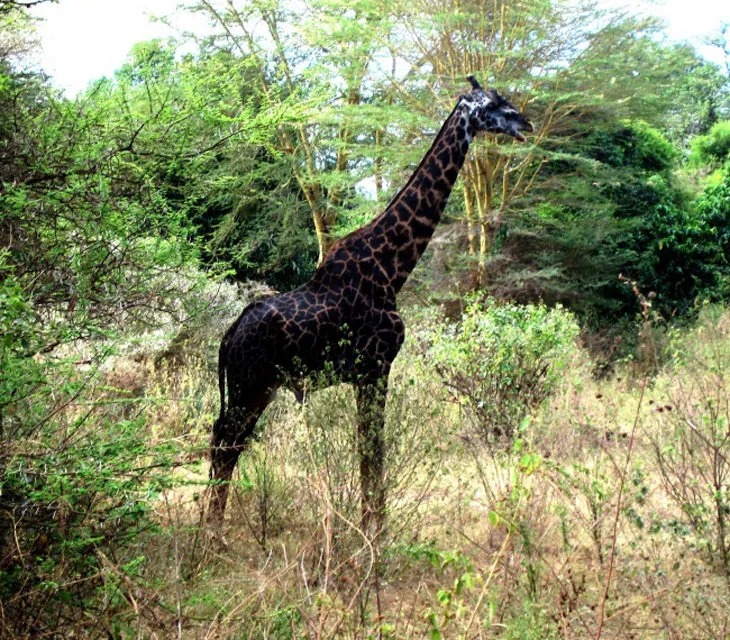
Even though melanism is more common in some species than in others (such as the jaguar), this rare disease has a major impact on their social lives. Because of their unusual appearance, these animals are usually rejected in their groups. Their lifespan is extremely low, because their lack of natural camouflage makes them always a target for predators.
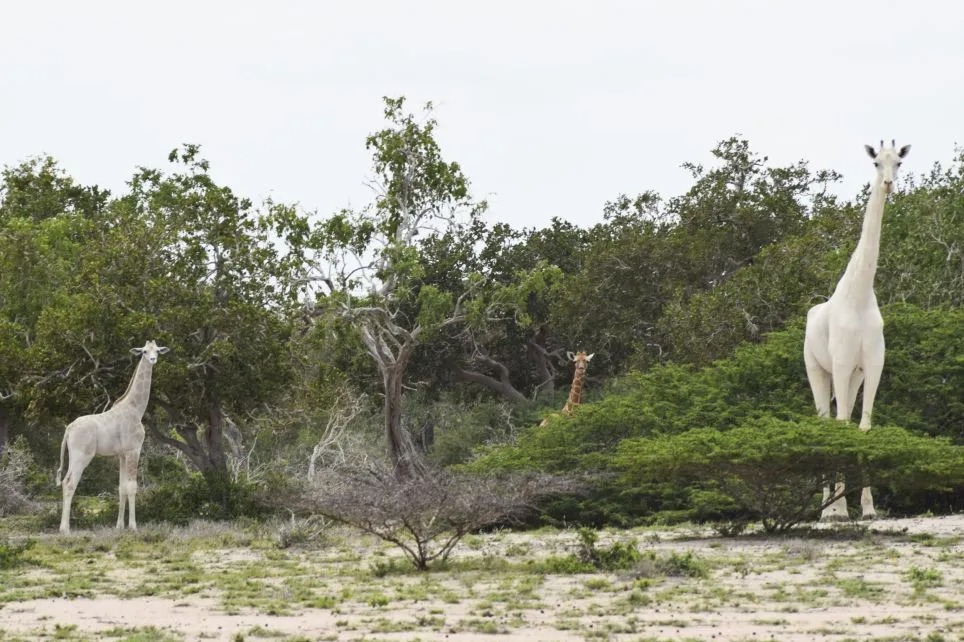
The reason for the extremely distinctive coloration of the white giraffe is a genetic disease, that is why there are only 2 known white giraffes in the world. This time it is leucism. Leucism and albinism are extremely similar conditions, but leucism only results in a lack of pigmentation. Albinism also affects the eyes and other areas of the body.
A couple of years ago, a pair of white giraffes (mother and cub) were captured on camera for the first time ever. You can take a look at them below!

Now there is only one leucistic giraffe left in the wild (and the only one in the world). The rare creature, nicknamed Omo, lives in Tarangire National Park, Tanzania. Dr. Derek Lee, founder and scientist of the Wildlife Institute, is the one who first spotted her.
